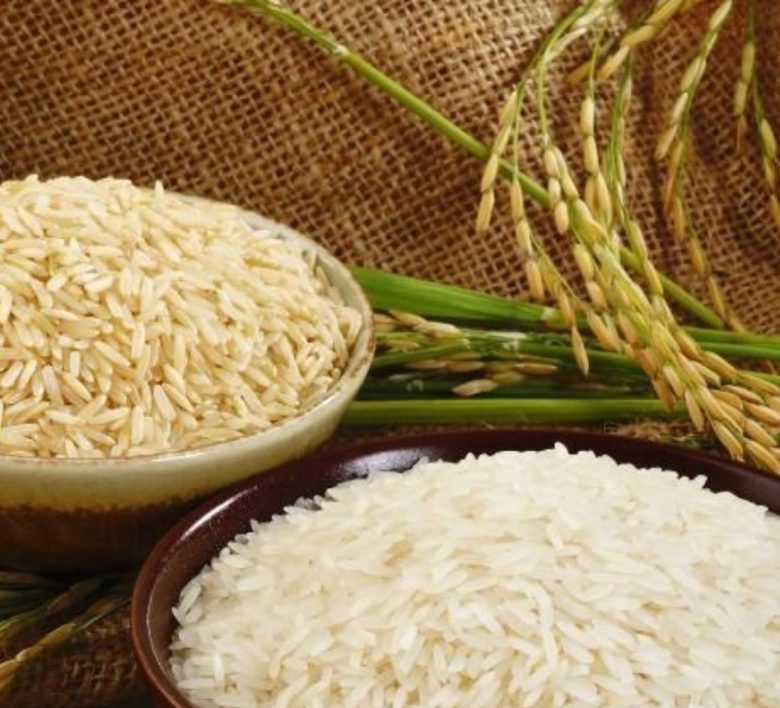Which should you choose?
After China, India is the world’s second largest consumer of rice. With close to 1 crore metric tonnes of rice being consumed in our country each year, we should definitely take a closer look at this food grain!
With more than 600 varieties of rice, let’s narrow down out the debate to two kinds of rice and the nutritional benefits of each – white and brown!
To be a whole grain of rice, each grain of rice should have all three parts of it intact – the bran (outer skin of the kernel contains antioxidants, B vitamins and fiber), the germ (contains vitamins, protein, minerals and healthy fats) and endosperm (contains carbohydrate, protein, vitamins and minerals). It is important to consume rice which has the bran and germ!
It is important to note that the amount of carbohydrates in both are almost the same.
Once we have established that both kids of rice have almost the same amount of carbs, what are the other factors to look into while choosing your rice?
Fiber and other nutrients

Brown rice has a higher quantity of fiber present!
100 grams of cooked brown rice has about 1.8 grams of fiber present in it as opposed to only 0.4 grams of fibre in the same quantity of 100 grams of white rice. Fiber is really important for your gut’s health. Fiber is the a non digestible carbohydrate found in food. All the other nutrients are broken down by your body by the time they reach the gut. Your gut contains good bacteria which feed need to feed as well. They feed on the fiber in your food and help in digestion.
Brown rice also contains a higher quantity of nutrients since it is a whole grain. It also contains more vitamins and minerals as compared to white rice. Since white rice is processed, it is stripped of the bran and germ part of the grain which contains all the essential nutrients. Therefore, it is healthier to consume whole grains instead of white rice (even though some white rice have been enriched artificially with nutrients).
Brown rice is also good for weight loss, and may help increase the antioxidant levels in blood. This helps reduce the risks of heart disease and obesity.
The other side
Since brown rice is that much higher in fiber, it is a little more difficult to digest. People who have trouble with digestion can opt for white rice. Brown rice also contains arsenic since the bran and germ are intact. If you consume rice everyday, steps should be taken to reduce the arsenic content of the rice. If you can’t take these steps, it is advisable to pick white rice for everyday consumption.
All in all, it is important to look at your consumption needs and pick one that suits you. If you are not going to be consuming rice everyday, always choose the whole grain since it has all the nutrients intact!
Have a happy and healthy day!


